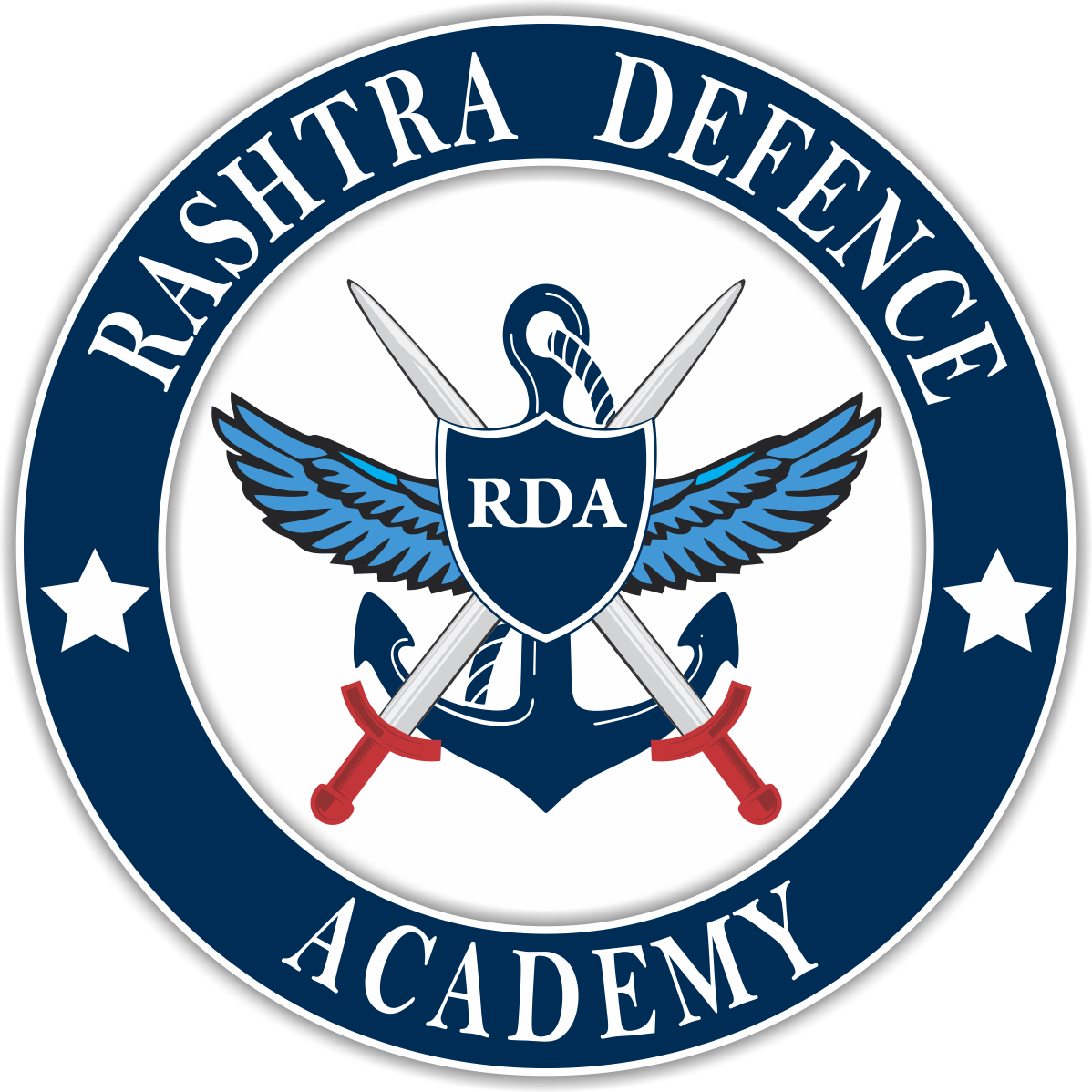Navodaya Vidyalaya
What is Navodaya Vidyalaya ?
About Navodaya Vidyalaya:
In accordance with the National Policy of Education (1986), Government of India started Jawahar Navodaya Vidyalayas (JNVs). Presently the JNVs are spread in 27 States and 08 Union Territories. These are co-educational residential schools fully financed and administered by the Government of India through an autonomous organization, Navodaya Vidyalaya Samiti. Admissions in JNVs are made through the JAWAHAR NAVODAYA VIDYALAYA SELECTION TEST (JNVST) to Class VI. The medium of instruction in JNVs is the mother tongue or regional language up to Class VIII and thereafter English for Mathematics and Science and Hindi for Social Science. Students of the JNVs appear for board examinations of the Central Board of Secondary Education. While education in the schools is free including board & lodging, uniform and textbooks.
Eligibility:
For Class 6 A candidate must be in the age bracket of 9 to 13 years I.e. He/she must not be born before 1 MAY 2009 to 30 APRIL 2013. For Class 9 A candidate must be in the age bracket of 13 to 16 years I.e. He/she must not be born before 1 MAY 2006 to 30 APRIL 2010.
Scheme of The Examination for Class 6:
Duration of The Examination The selection test will be of two-hour duration from 11:30 am to 01:30 pm and will have 3 sections with only objective type questions. There are 80 questions in all for 100 marks.
| Type of Test | Number of Questions | Marks | Duration |
|---|---|---|---|
| Mental Ability Test | 40 | 50 | 60 Minutes |
| Arithmetic Test | 20 | 25 | 30 Minutes |
| Language Test | 20 | 25 | 30 Minutes |
| Total | 80 | 100 | 2 Hours |
Syllabus of The Examination for Class 6:
Mental ability test:
- Odd –Man Out
- Figure matching
- Pattern Completion
- Analogy
- Geometrical Figure Completion
- Mirror Image
- Punched Hole Pattern
- Space Visualisation
- Embedded Figure
Arithmetic Test
- Number and numeric system
- Four fundamental operations on whole number
- Fractional number and four fundamental operations on them
- Factors and multiples including their properties
- LCM and HCF of numbers
- Decimals and fundamental operations on them
- Conversion of fractions to decimals and vice-versa
- Measurement of length, mass, capacity, time, money etc.
- Distance, time and speed
- Approximation of expressions
- Simplification of Numerical Expressions
- Percentage and its applications
- Profit and loss
- Simple interest
- Perimeter, area and volume
Language Test
- Synonym
- Antonym
- Word-Meaning
- Comprehension / Passage
Scheme of The Examination for Class 9:
Selection Test will consist of questions from the subjects of Mathematics, General Science, English and Hindi. The difficulty level of the test paper shall be of Class VIII.
| Type of Test | Number of Questions | Marks |
|---|---|---|
| English | 15 | 15 |
| Hindi | 15 | 15 |
| Mathematics | 35 | 35 |
| Science | 35 | 35 |
| Total | 100 | 100 |
The test will be of objective type with 2 ½ hours duration without any break.
Syllabus of The Examination for Class 9:
English:
- Comprehension (Unseen Passage)
- Word and Sentence
- Structure Spelling
- Rearranging jumbled words
- Passivation
- Use of degrees of comparison
- Modal auxiliaries
- Use of prepositions
- Tense forms
- Reported speech
Hindi:
- वर्ण विचार / वर्तनी विवेक
- शब्द भेद (स्त्रोत / उत्पत्ति )
- पर्याय / विलोम
- शब्द विवेक ( शब्द प्रयोग में सूक्षम अंतर )
- पद भेद (व्यावहारिक कोटि) की पहचान
- पद परिचय
- अशुद्ध वाक्यों को शुद्द करना
- वाकया रचनातनतरण (सरल/ संयुक्त / मिश्र )
- मुहावरा
- लोकोक्ति
General Science:
- Food – Crop Production and Management; Micro-organism; Food Preservation
- Materials I – Synthetic fibres; Plastics; Metals and Non – metals
- Material II – Coal and Petroleum; Refining of Petroleum; Fossil Fuels; Combustion and Flame
- Living / Non-living; Cell Structure and Function; Conservation of Plants and Animals – Wildlife Sanctuary and National Parks
- Reproduction – Asexual and Sexual Reproduction, Reaching the age of adolescence
- Force – Frictional Force; Gravitational Force; Thrust and Pressure
- Light – Reflection of Light; Multiple Reflection; Human eye; Care of the Eyes; Sound; Human ears; Loudness and Pitch, Audible and inaudible Sounds
- Chemical Effects of Electric Current; Electroplating
- Natural Phenomena – Lightning; Earthquakes, Pollution of Air and Water
- Solar system; Stars and Constellations
Mathematics:
- Rational Numbers
- Squares and Square Roots
- Cubes and Cube Roots
- Exponents and Powers
- Direct and Inverse Proportions
- Comparing Quantities (Percentage, Profit and Loss, Discount, Simple and Compound Interest)
- Algebraic Expressions and Identities including Factorization
- Linear Equations in One Variable
- Understanding Quadrilaterals (Parallelogram, rhombus, rectangle, square, kite)
- Mensuration:
- Area of plane figures
- Surface area and volume of cube, cuboids and cylinder
- Data Handling (Bar graph, pie chart, organizing data, probability)
